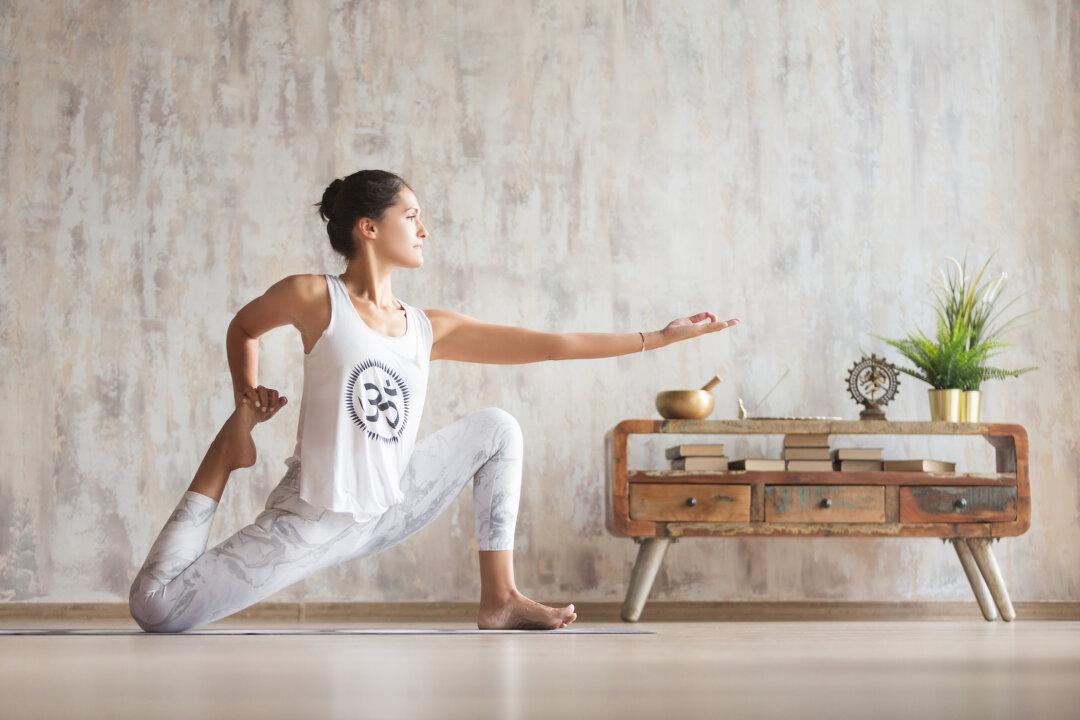Many people say that releasing your psoas major, the most critical muscle group in your body, is virtually impossible. This is not true.
What may you ask is the psoas? Even though we help people find best office chairs we are honest about it – sitting too long harms your psoas. This muscle group, which lies deep within your body, is one of the most complicated muscles in humans. We all have two: one on each side of our bodies. Both attach at the 12th thoracic vertebra and continue down the spine, attaching to all five lumbar vertebrae below. From there, the psoas connects with the iliacus muscles that line the inside of the pelvic bone, curve around and extend over the front of the pelvis, finally attaching to the femur. This core muscle group, if weak or sprained, can cause back and neck pain, and a whole host of other issues (including gastrointestinal distress). Some people also believe the psoas has a direct connection to spiritual and emotional health.





